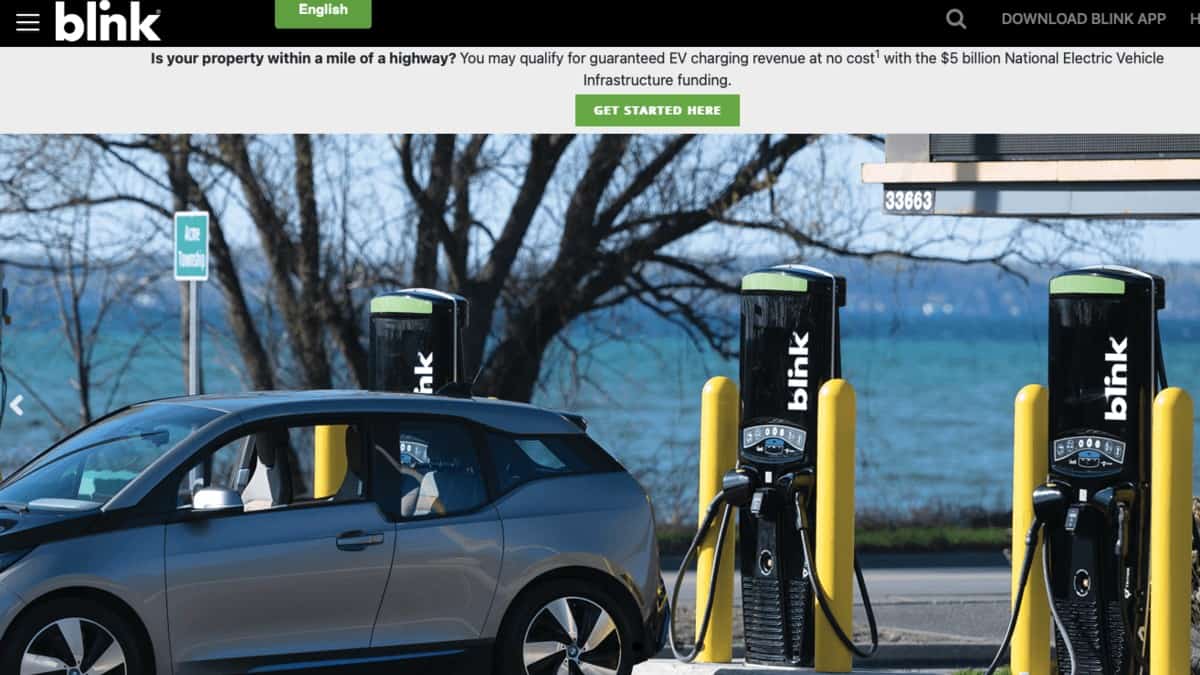The following are the top 20 ways to improve electric vehicle charging station’s efficiency:
| No. | Method | Description | Tips | Benefits |
| 1 | Choose an energy-efficient model | Select a charger with high conversion efficiency (>90%) and low standby power consumption (<0.5 kW). | Compare model specifications and efficiency ratings. | Reduce energy consumption and electricity costs. |
| 2 | Right-size your charger | Don’t over-invest in a charger exceeding your typical needs. | Match charger power output to your average charging time and vehicle battery size. | Reduce initial investment and ongoing energy consumption. |
| 3 | Install in a shaded area | Minimize heat exposure to reduce cooling needs and energy losses. | Consider building covers or planting shade trees. | Improve efficiency, extend charger lifespan, and reduce maintenance costs. |
| 4 | Smart cable management | Organize cables effectively to avoid tangles and minimize energy losses during charging. | Utilize cable management systems and hooks. | Reduce energy loss, improve safety, and enhance user experience. |
| 5 | Consider bi-directional charging | Explore V2G technology to potentially feed excess energy back to the grid during peak demand. | Research V2G compatibility with your charger and grid operator. | Reduce reliance on fossil fuels, generate income, and contribute to grid stability. |
| 6 | Utilize off-peak charging | Schedule charging during off-peak hours when electricity rates are lower. | Set timers or use smart charging apps. | Reduce electricity costs and minimize peak grid demand. |
| 7 | Implement dynamic load balancing | Distribute charging power across multiple stations based on real-time demand. | Invest in smart charging management systems. | Optimize efficiency by avoiding overloading and maximizing station availability. |
| 8 | Encourage partial charging | Promote shorter charging sessions for users with sufficient remaining range. | Provide clear information on charging options and station etiquette. | Improve station availability for others and reduce unnecessary energy consumption. |
| 9 | Educate users on efficient charging | Offer tips on optimal charging practices, like avoiding extreme temperatures and using the right charging level. | Provide signage, brochures, or app-based information. | Increase user awareness, improve efficiency, and extend battery lifespan. |
| 10 | Utilize smartphone apps | Integrate apps for remote monitoring and managing charging sessions. | Choose apps with features like real-time energy consumption tracking and scheduling options. | Enhance user convenience and allow for data-driven optimization. |
| 11 | Regular maintenance | Conduct routine maintenance as per manufacturer’s recommendations. | Clean connectors, check for loose connections and update software. | Ensure optimal performance, prevent malfunctions, and extend charger lifespan. |
| 12 | Software updates | Install software updates promptly to benefit from efficiency improvements and bug fixes. | Enable automatic updates or set reminders for manual installation. | Improve charger functionality, security, and efficiency over time. |
| 13 | Upgrade outdated equipment | Consider upgrading older, less efficient charging units with newer models. | Evaluate cost-effectiveness and potential efficiency gains compared to upgrades. | Reduce energy consumption and operational costs in the long run. |
| 14 | Invest in energy monitoring | Track your station’s energy consumption and identify areas for further optimization. | Utilize smart meters and data analytics tools. | Gain insights into usage patterns, identify energy waste, and target improvement efforts. |
| 15 | Renewable energy integration | Combine your charging station with solar panels or wind turbines for partial or full power generation. | Assess site suitability, evaluate costs and benefits, and consider local regulations. | Reduce dependence on grid power, minimize carbon footprint, and promote sustainability. |
| 16 | Partner with local renewable energy providers | Explore purchasing renewable energy directly from local sources. | Research local options and negotiate agreements with providers. | Reduce reliance on fossil fuels, support local green energy initiatives, and enhance sustainability. |
| 17 | Promote sustainable transportation | Encourage users to combine EV charging with public transportation, cycling, or walking. | Partner with local transit agencies and provide information on multi-modal options. | Reduce emissions from individual journeys and promote sustainable travel habits. |
| 18 | Support community EV initiatives | Collaborate with local authorities and organizations to promote EV adoption and build a more sustainable transportation system. | Participate in community events, share resources, and advocate for pro-EV policies. | Accelerate EV adoption, expand charging infrastructure, and create a greener community. |
| 19 | Offset your carbon footprint | Purchase carbon offsets to compensate for any remaining emissions associated with your charging station’s operation. | Choose reputable carbon offset programs with verified impact. | Neutralize your carbon impact and contribute to environmental projects. |
| 20 | Advocate for EV-friendly policies | Support policies that promote EV adoption and efficient charging infrastructure development. | Contact your representatives, participate in public hearings, and spread awareness. | Shape supportive policies for a sustainable EV future. |

